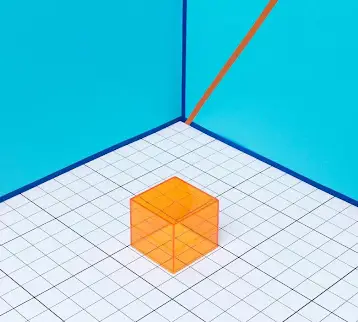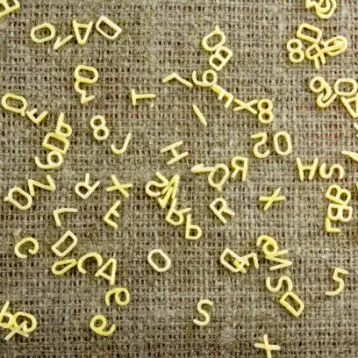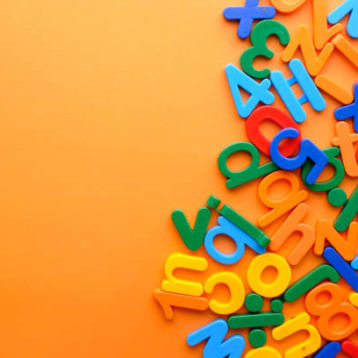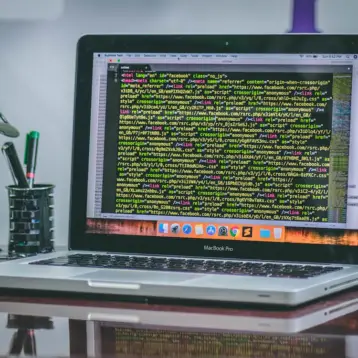|
While the classical computer memory is represented by bits storing binary data, quantum computers maintain sequences of “qubits”.in addition to the binary “0” and “1”. The qubits can exist in a state representing a superposition of the two. This means that the value of a qubit can be interpreted as a blend of the original binary states, where each pure state (“0” or “1”) is assigned a numerical coefficient that describes its probability. These unique fundamental units allow the existence of so–called “quantum states”, which represent various solutions tested simultaneously by the quantum computer to yield the “best answer” to a given problem. Similarly to a conventional computer’s architecture, where Boolean logic gates are arranged in succession to form a resulting value, the quantum states can be organized to represent specific values.
The main challenge facing scientists in the field of quantum computing is the difficulty of building sophisticated quantum systems with more than a handful of qubits. Quantum systems have a tendency to decay from a given quantum state into an incoherent state, as a result of interaction with the environment. This sensitivity severely complicates matters by making error detection, for instance, a tricky and difficult task in a quantum system. This “decoherence time” could be lengthened only by completely isolating quantum computers from the outside world – an extremely difficult task.
The technology in D-Wave’s quantum computer, called “adiabatic quantum computing”, is based on superconducting electronics. Superconductors can be used to build large structures that behave according to the rules of quantum mechanics. D-Wave specialists say these structures naturally shield themselves from external noise, creating a safe haven for quantum effects. The system operates with thermal noise, generated by the thermal agitation of the electrons inside the electrical conductor. According to Geordie Rose, D-Wave’s founder and CEO, this makes decoherence time irrelevant.
Earlier this year D-Wave demonstrated its 16-qubit quantum computer – the “Orion”. However, experts remain skeptical about the future of quantum computing. “Over the last year, rather than answering scientists’ questions about what, if anything, they’ve actually done that’s novel, they seem to have descended ever further into the lowest kind of hucksterism,” said Scott Aaronson, a theoretical computer scientist at the Institute for Quantum Computing at the University of Waterloo in Canada. Aaronson said that Orion is probably a classical computer, built with 16 “very noisy superconducting” bits. His opinion is supported by Umesh Vazirani, Professor of Computer Science at Berkeley, who says that the “decohering” qubits would act like classical random bits, and the adiabatic computer would act like a classical computer implementing “simulated annealing”. Simulated Annealing is a probabilistic algorithm for locating a good approximation to the global optimum of a given function in a large search space.
|
In response to the criticism, D-Wave CEO Geordie Rose says major developments have been made in quantum computing systems in the past years. Rose said that the 28-qubit computer, which will be demonstrated at SC07, will be able to use Dr. Neven’s image recognition algorithm to analyze a 300-image database, grouping the objects according to their similarities. “Our image-matching demonstration, the core of which is too difficult for traditional computers, can automatically extract information from photos- recognizing whether photos contain people, places or things, and then categorize them by visual similarity” – he said.
Rose added that the company is very close to achieving the ultimate goal – designing a quantum computer, which will outperform today’s systems. D-Wave is currently planning the development of a 512-qubit quantum computer prototype, and hopes to have the commercial architecture ready by mid-2008. “It will house enough qubits to begin solving mathematical problems that are intractable today”, claims Rose.
TFOT coverage of D-Wave’s 16-qubit quantum computer – the “Orion”, can be found here.
More information on D-Wave’s technology can be found on the company’s official website.












